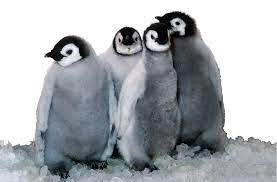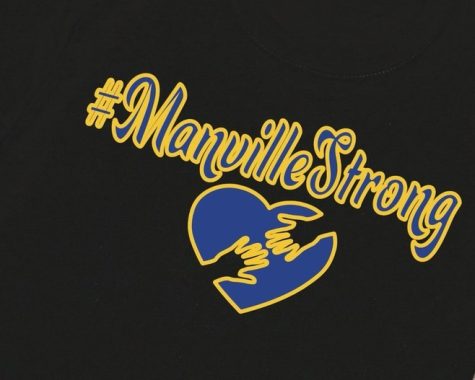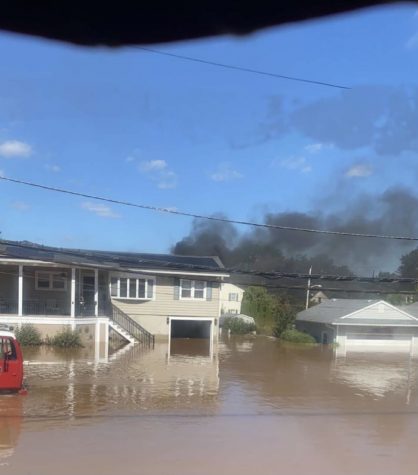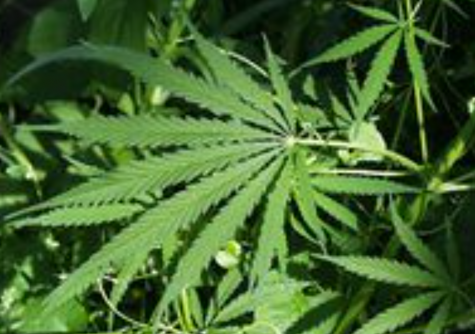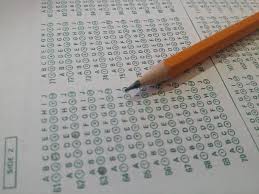Garbage and Plastic is Infesting Our Oceans

Plastic seems to be a necessary part of life and without realizing, we use a lot of it. It doesn’t seem like an issue until you realize what devastating impact it can have on marine life and how many animals have died with their stomachs full of unnatural contents. New research suggests that chemicals leaking from the bags and bottles that scatter across our oceans are harming tiny marine organisms that are primary to the continuity of human existence. Once plastic waste is out in the open, waves, wind, and sunlight cause it to break down into smaller pieces, which small marine animals can swallow and choke on, disturbing and severely damaging our ecosystem.
To find out what affect this debris can have on marine life, researchers at Macquarie University prepared seawater contaminated with differing concentrations of chemicals taken from plastic bags and measured how living in the water affected the most abundant and vital organism on Earth; Prochlorococcus. As well as being a huge asset to the oceanic food chain, Prochlorococcus produces 10% of the world’s oxygen. The results indicated that the impacts of plastic on the organisms severely reduced the bacteria’s rate of growth and oxygen production. In most cases, bacteria populations actually declined.
The Great Pacific Garbage Patch is the world’s largest pile of floating trash that is currently in our ocean. It lies between California and Hawaii and is said to be larger than Texas. It was discovered in 1997 by a man named Charles Moore who had been sailing through an array of plastic bottles. The patch is now the target of a $32 million cleanup campaign created by a Dutch teenager, Boyan Slat, who’s been raising the money for years.
A recent study by Slat’s team of oceanographers reveal that the contents of the patch are not all plastic, however. “Fishing nets account for 46 percent of the trash, with the majority of the rest composed of other fishing gear, including ropes, oyster spacers, eel traps, crates, and baskets,” stated NatGeo. Scientists estimate that 20 percent of the debris is from the 2011 Japanese tsunami. Ghostnets, also known as accidentally lost netting, drifts through the ocean trapping seals, turtles, whales and other marine animals. It is estimated that over 100,000 marine animals get strangled, suffocated or severely injured by plastics and netting each year. Ocean cleaning crews are working on a plan to remove this patch from the ocean and hopefully restore our shattered ecosystem.
I’ve never been one to write long novels or fan fictions on Wattpad, which is an open and online platform for reading a writing, like so many other young...

